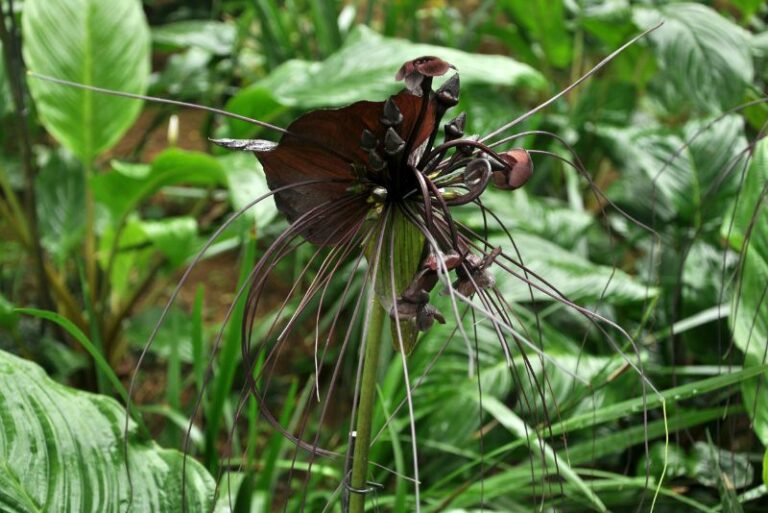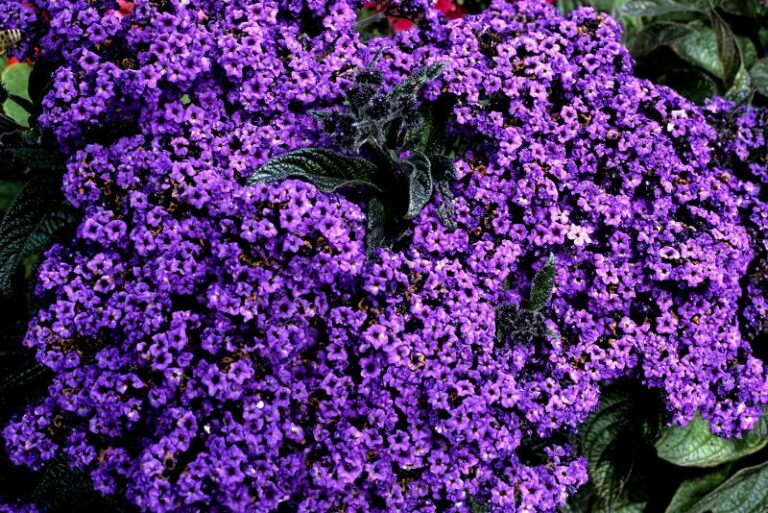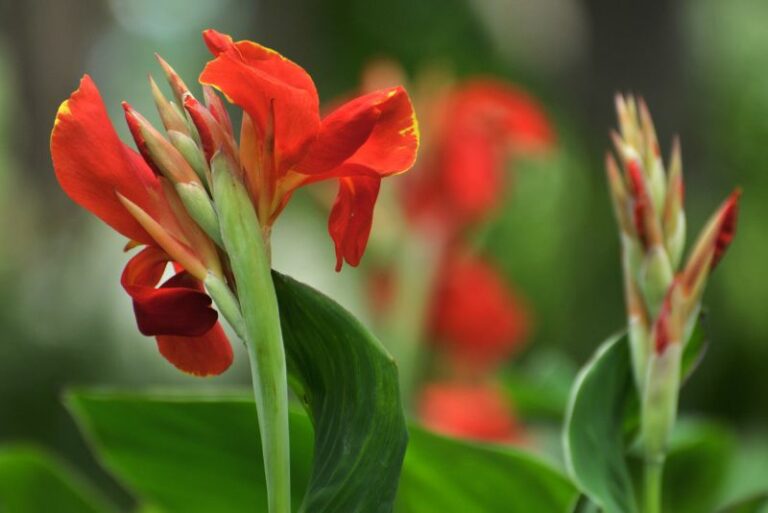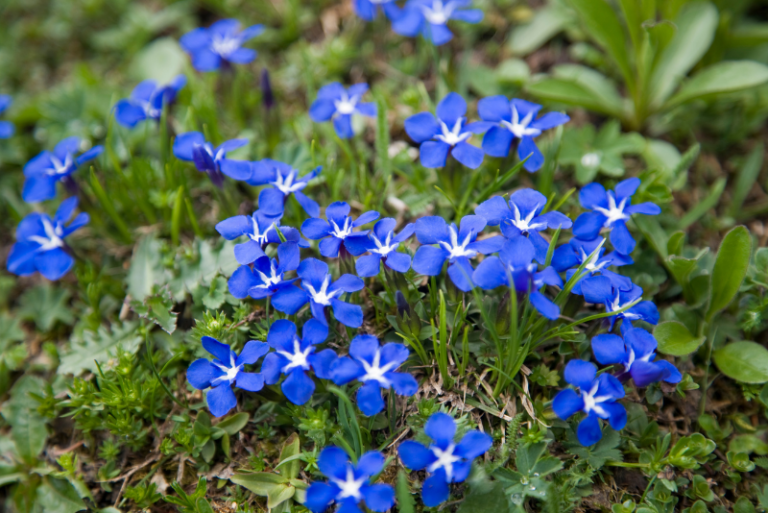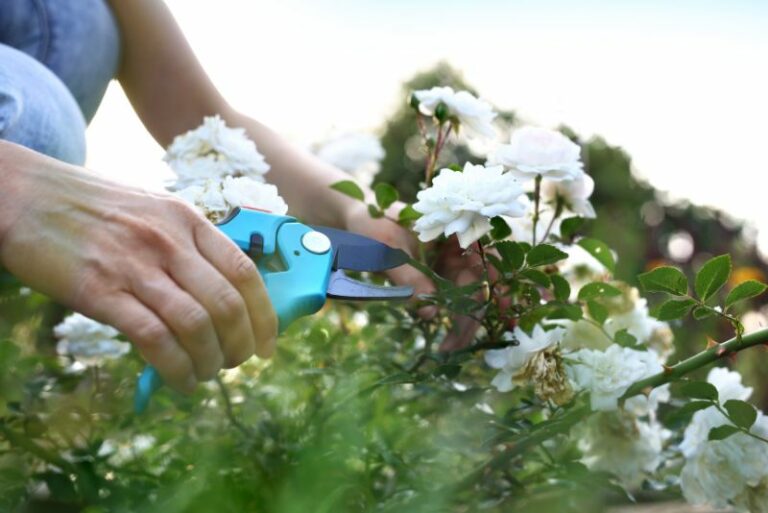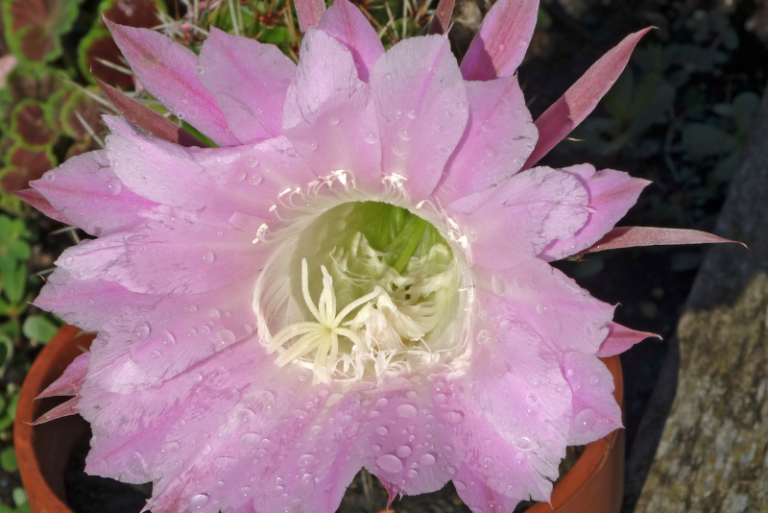How to Grow Pilea Peperomioides: A Comprehensive Guide for Plant Lovers
Among the scores of houseplants enjoying a resurgence of popularity, Pilea peperomioides has carved a unique space for itself. With its vibrant green, coin-shaped leaves and distinctive growth pattern, the Pilea, also known as the Chinese money plant or UFO plant, has found a devoted following of plant enthusiasts and interior décor aficionados. If you’ve recently welcomed a Pilea into your life or are contemplating doing so, this comprehensive guide will take you through the process of cultivating this charming succulent.
The Pilea peperomioides is a member of the larger piperaceae family, which includes over 2000 species of flowering plants. Originally hailing from the mountainous regions of Yunnan province in Southern China, the plant features distinctive round leaves that are often compared to coins. It was first shared outside of its native environment in the mid-20th century, when a Norwegian missionary brought some cuttings home, leading to its alternative moniker — the missionary plant. The Pilea is celebrated for its ease of care and propagation, making it a favorite of novice and experienced gardeners alike.
Getting Started with Pilea Peperomioides
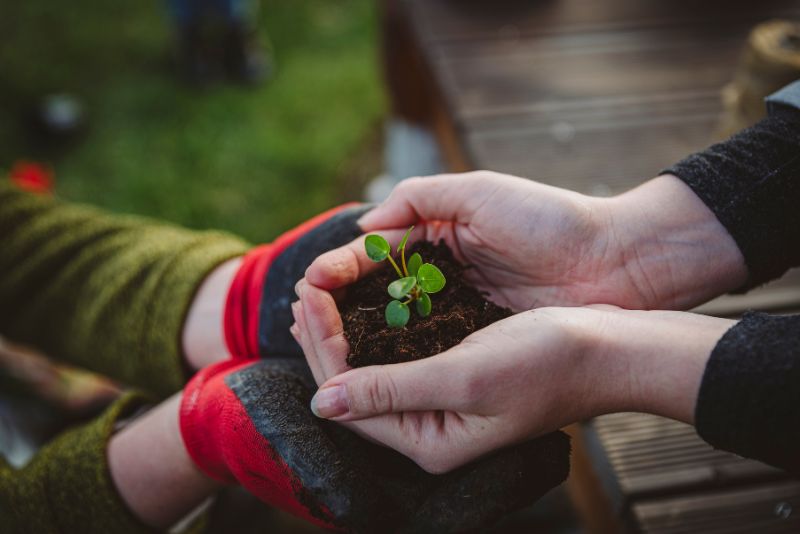
Before you can expect a bounty of healthy Pilea growth, you need to understand the basics of its needs.
Understanding Plant Characteristics
Pilea peperomioides is a perennial succulent that typically grows to about 12 inches in height, though it can grow larger under the right conditions. It has an upright growth habit and tends to produce offshoots known as “pups” from the base, which can be divided to create new plants.
Ideal Growing Conditions
Light
Pilea plants crave bright, indirect light. A spot near a north or east-facing window that gets plenty of morning sun is usually just right. Be mindful not to expose your Pilea to too much direct sun, which can cause the leaves to suffer from sunburn.
Water
Contrary to most houseplants, Pilea peperomioides prefers to dry out a bit between waterings. Overwatering is one of the most common pitfalls with this plant and can lead to root rot. It’s best to water thoroughly when the top inch of soil is dry, but ensure the pot has proper drainage.
Soil
Pilea plants do well in a well-draining soil mix; you might consider mixing regular potting soil with a bit of sand or perlite to improve drainage.
Propagation Techniques
One of the most fascinating attributes of the Pilea is its propensity to propagate. Here are two simple methods to grow new Pilea from a mature plant.
Division
When your Pilea has several pups growing from the base, you can gently remove them from the mother plant with a sharp, sterilized knife. Transplant the pup into a small pot with fresh soil, water sparingly, and soon you’ll have a new, independent Pilea.
Leaf Cuttings
To propagate with leaf cuttings, simply select an adult leaf and cut its stem about an inch from the base. Plant the cutting in soil, leaving the cut end just below the soil surface, and keep the soil moderately moist. New roots and eventually, a new plant, will emerge from the cut end.
Common Issues and Troubleshooting
No green thumb is without a learning curve, and with Pileas, you might encounter a few bumps along the way.
Overwatering
The roots of a Pilea are sensitive to overhydration. Signs of excessive watering include wilting leaves, yellowing, and the development of mushy stems or roots. If this occurs, hold off on the water and consider replanting in a soil mix that provides better drainage.
Pests
Pileas can become susceptible to common houseplant pests like spider mites and mealybugs. Keep an eye out for any signs of infestation, such as webbing or small cotton-like clusters, and treat with neem oil or insecticidal soap if necessary.
Sunburn
While these plants enjoy light, too much direct sunlight can scorch the leaves. If you notice brown patches or the start of a pale color, try moving your Pilea to a shadier location and keep tabs on the damage.
Pruning and Maintenance
Proper pruning and maintenance can help your Pilea grow in a healthy, attractive manner.
Shaping Your Plant
Regular pinching of the growing tips can encourage a bushier look, while removing any unhealthy or dead leaves ensures that the plant is putting energy into new growth.
Re-potting
Pileas don’t require frequent re-potting but check periodically to see if the roots are starting to become pot-bound. If they are, it’s time to find a slightly larger container.
Decor Ideas and Styling Tips
Pilea’s unique growth habit and aesthetically pleasing form make it a natural fit for various types of home decor.
Standalone Statement
A mature Pilea on its own can be a striking focal point; place it on a plant stand or a side table to highlight its prominence.
Group Plantings
Create a cluster of Pileas at varying heights to add intrigue to a room. Mix and match with other plant species to create a vibrant indoor garden.
Hanging Gardens
You can allow Pilea to trail in a hanging basket for a cascading effect, which works particularly well in smaller spaces or to add a green touch to underutilized vertical space.
Conclusion
Caring for a Pilea Peperomioides is a rewarding experience that often serves as a gateway to a broader appreciation for plant life. By understanding the plant’s basic needs, learning how to propagate, and taking proactive measures to address common issues, you’ll be well on your way to enjoying a thriving, verdant Pilea. The beauty of the Pilea lies not only in the plant itself but in the community of growers and enthusiasts it has inspired. With information and a little patience, your Pilea can be a testament to the joys of nurturing nature in the heart of your home.

